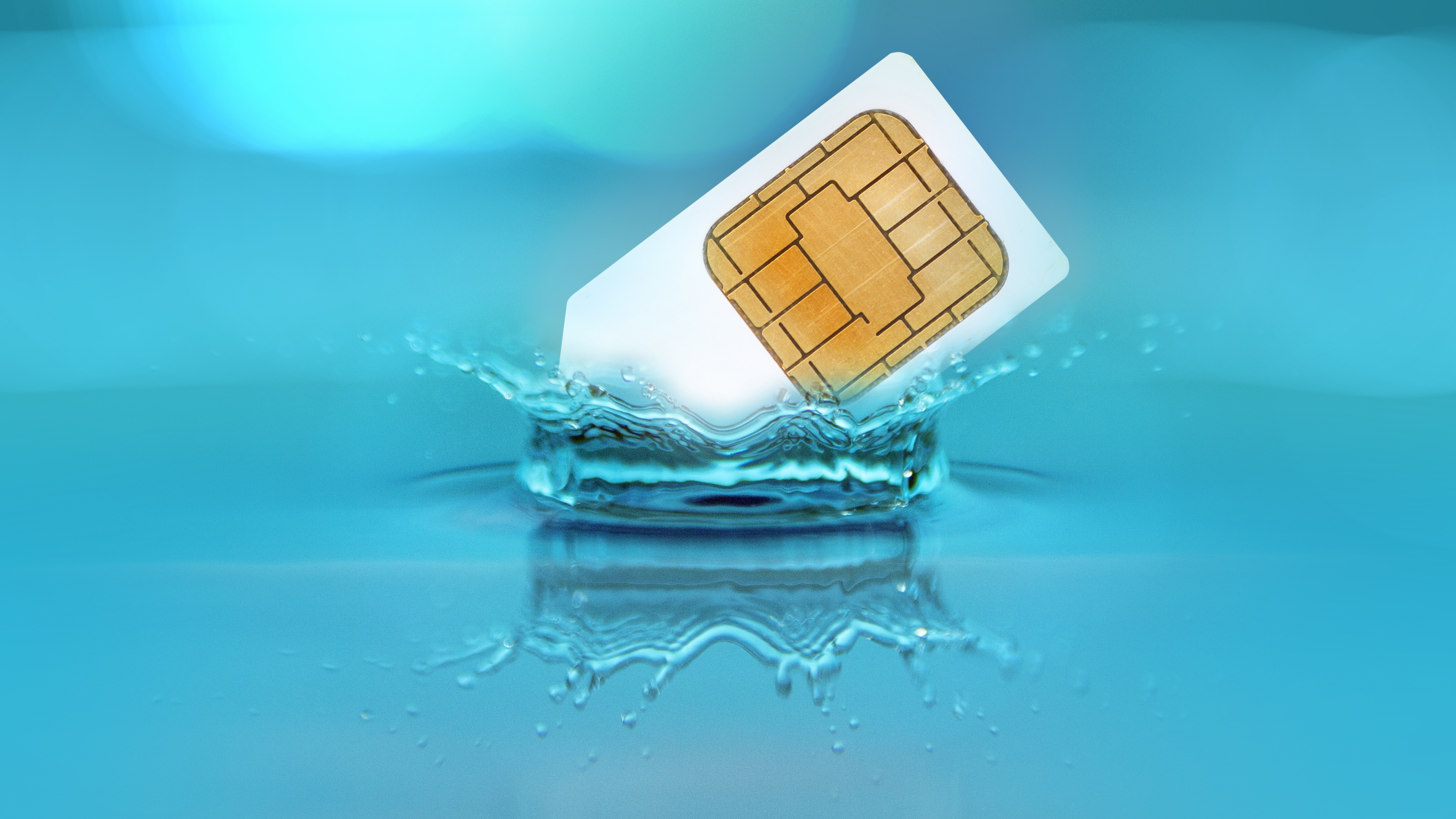What is stored on a SIM card?
Your SIM chip can store data, but what exactly does it keep on that micro storehouse?

A SIM card, at its most basic, is a chip that allows phone networks to recognise you to send and receive data. But it gets more complex as the SIM can store more data than simply that which is required to recognise your network settings. So if you've picked something out from our best SIM only deals, make sure you know what that SIM is doing.
This is all you need to know about SIM storage.
How does a SIM work?
A SIM card, aka Subscriber Identity Module, is as the name suggests - a way of identifying your phone deal. This is done with the ICCID serial number, International Mobile Subscriber Identity number (IMSI) and the Mobile Subscriber Integrated Services Digital Network number (MSISDN), the later of which is the user's telephone number.
There is plenty more on there including temporary information about the local network, changing as you move, plus two passwords. One is your Personal Identification Number (PIN) and the other is Personal Unblocking Key (PUK).
What can a SIM store?
The SIM comes in storage capacities from as low as 8KB right up to 256 KB. That might not sound like a lot but it is enough to store up to 250 contacts right there on the SIM.
That means, when you change phone, the contacts go with you on the SIM. Although most phones now let you store them in the cloud with far more rich data like addresses, emails and even pictures.
SIMS can also store SMS text messages. the number that can be stored depends on the SIM but in most cases modern SIMs aren't used as a memory bank since phones have plenty and lots of storage is now cloud based.
Sign up for breaking news, reviews, opinion, top tech deals, and more.
How does SIM storage work when roaming?
If you leave the usual network provider's country of origin then your phone will go into roaming mode, meaning you use a local network where you are.
A SIM card issuer will generally have a set of preferred networks. These are stored in number format on the SIM with up to 80 networks. When the SIM is outside of that number of preferred networks, like abroad, then the SIM will connect using the first or best network available.
What are the SIM card formats?
SIM's come in lots of different shapes and sizes. Nowadays you'll likely get your new SIM as a multi-SIM, meaning you can pop out the right size to suit your device. These vary from a credit card size at the biggest, with a small chip, then go down to a mini SIM, then micro SIM and lastly a nano SIM. The key here is that they'll all have the same chip meaning storage won't change.
Most phones take a nano SIM. So if you have a fairly new phone and want to get a new contract using our best SIM only deals, you'll more than likely be looking for a nano SIM. But be sure to check your phone's requirements.
Read more:
- Three SIM only deals - see the best prices currently available
- Vodafone SIM only deals - the best Voda has to offer
- Best Apple Watch deals - the ultimate price on the Apple wearable
Luke is a freelance writer and editor with over two decades of experience covering tech, science and health. Among many others he writes across Future titles covering health tech, software and apps, VPNs, TV, audio, smart home, antivirus, broadband, smartphones, cars and plenty more. He also likes to climb mountains, swim outside and contort his body into silly positions while breathing as calmly as possible.
